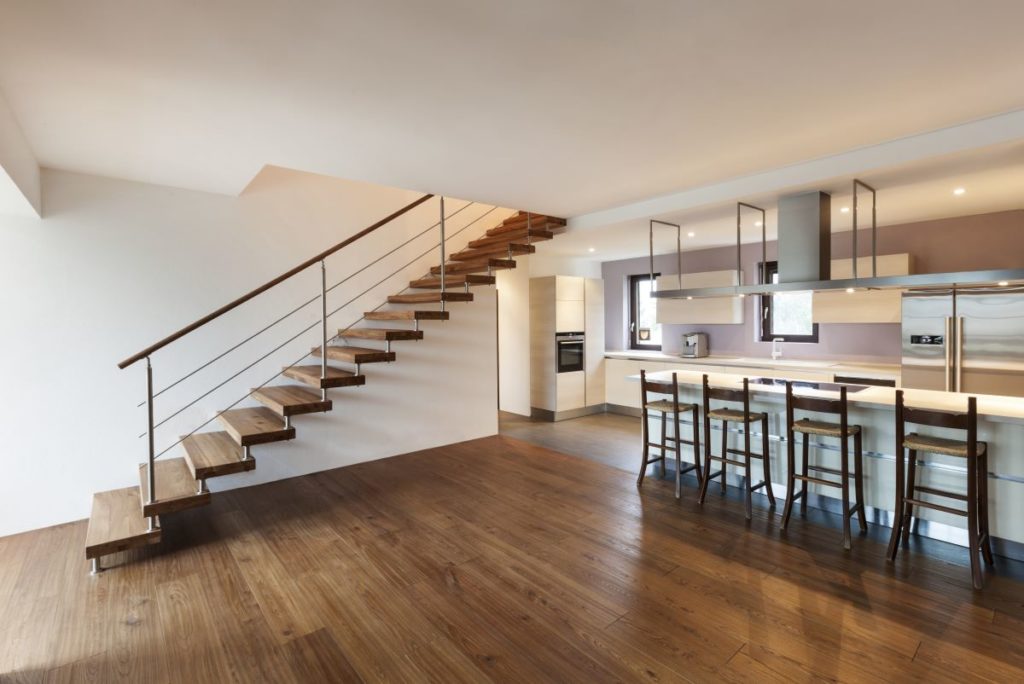In 2020, an open house is slowly becoming a thing of the past. To adhere to physical distancing protocols, the real estate industry now does virtual house tours for people interested in buying or renting a home. Both real estate companies and clients are picking up on this trend fast. In March 2020, there was a 191% increase in 3D home tour creation. In the same month, a real estate brokerage company observed a 494% request increase in requests for video home tours.
Real estate companies can record a simple walkthrough and upload them on their site or YouTube so that interested clients can check the property in advance. Others take things up a notch and create 3D walkthroughs. This gives clients a better look at the house they’re interested in.
Virtual property tours are becoming mainstream. And it’s probably for the best. With all its benefits, this technology can change the real estate industry for the better.
Save Costs
Property owners and real estate agents can save money because of virtual home tours. For example, they spend hundreds of dollars per month to rent furniture from event rental stores for home staging. With virtual home tours, they may no longer have to pay for their furniture for several months. They can rent it for a short while to take photos and film a virtual tour and return the furniture right after.
A virtual home tour also serves as a permanent open house. In this case, owners and agents can save money on fuel since they no longer need to drive clients around. Agents can simply send a video link to potential buyers.
Save Time
The aforementioned scenario also shows how virtual home tours are time-efficient. Real estate agents can skip tours and focus on other important tasks. Filming and editing virtual tours do take time. But given that virtual tours can be used over and over (except if a property undergoes major changes), then they still save time in the long run.
Keep All Parties Safe
Virtual tours remove the need for people to physically meet and tour around properties. This significantly reduces the risk of COVID-19 transmission during the pandemic.
This mode of showing property also keeps real estate agents safe. For example, there have been many cases of murders where real estate agents were abducted from the properties they were supposed to show clients or killed then and there. Virtual home tours address this fear among agents and keep them safe.
Persuasive
Virtual home tours give clients a sense of ownership. As clients watch a video tour or navigate a 3D walkthrough, they can easily imagine themselves going around the property as if it’s their own. They can also check the tour as many times as they want and look at each part of the house as long as they need. This experience can appeal to clients and convince them to push through with a deal.

Drawbacks
But not everyone enjoys a virtual house tour. Since it’s made beforehand, a virtual tour may not always be the most accurate presentation of a property. And this fact might make clients lose interest. Also, they can’t check on some aspects of a house through a video, such as its plumbing and ventilation. So clients might still want to book a physical tour, which defeats the purpose of having a virtual option.
On the business side, a virtual property tour is practical and convenient. The demand for this technology is growing due to the pandemic. And with this demand comes the need to improve virtual tours and make them an essential part of the real estate industry.

